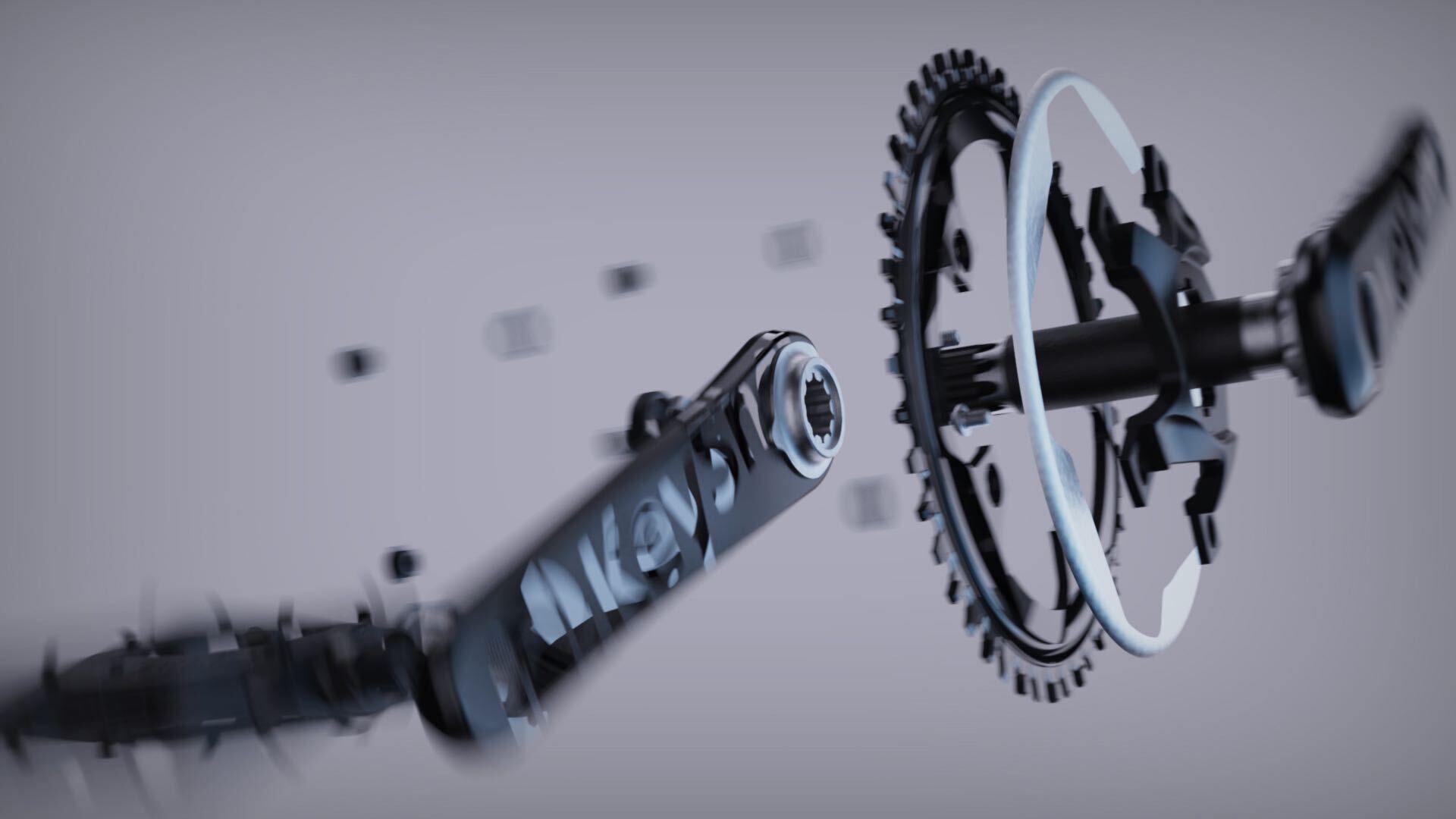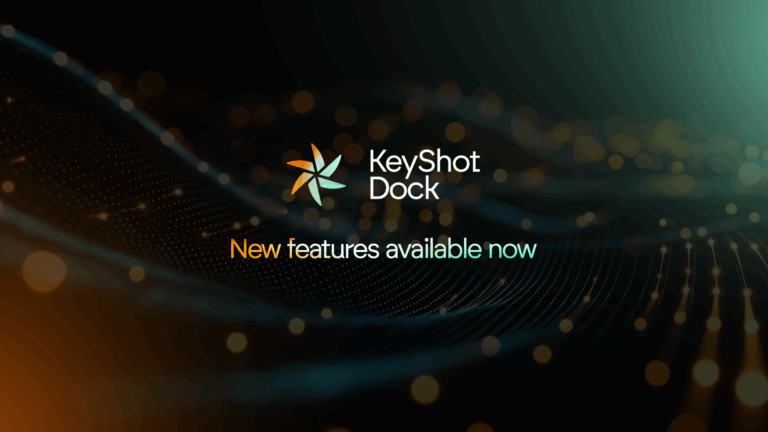Whether you’re an engineer, an industrial designer, or a development lead, you know that the dollars available to develop a new product are always being squeezed. You have to figure out ways to get the most out of the time and money you have.
I’ve led product development teams for large consumer electronics companies, and one solution I’ve found is to increase our investment in virtual prototyping, instead of spending weeks or months and thousands of dollars on producing physical prototypes alone. Digital prototypes are cheaper and faster in many ways, because they uncover insights earlier and often lead to better design decisions.
No downsides to digital prototyping
I’ve seen it firsthand: the communication that digital protoytping facilitates can be invaluable. Visuals that show cross-sections, animations and exploded views (where the pieces can be disassembled and reassembled in seconds) help stakeholders and leaders better understand the technicalities of the products and the important decisions that need to be made.
Here’s what I’ve seen digital prototyping help teams do:
1. Find manufacturing problems before a product is manufactured
Let’s say a product design requires a perfectly parallel gap, like the gap between mating cosmetic components. Based on the design of that product, the gap may not be perfectly parallel after production. A hyper-realistic KeyShot visual can show that gap from various angles, making sure decision makers understand what the final product will actually look like once physically produced, informing the product architecture and saving us the time and cost of having to wait until mass manufacture to see the physical result.
2. Help non-technical stakeholders make better decisions
Executives often have a hard time understanding engineers; the work engineers do and the language they use tends to be technical or abstract. But when I present a slide deck with the aforementioned KeyShot visuals – the animations, cross sections, and exploded views – these decision-makers feel more involved, more included and understand more of the problem immediately.
These KeyShot visuals lead to better questions getting asked by a much wider group of people, earlier. You see, outside of the development group, there are general managers, marketers, salespeople etc, who usually have valuable opinions about a concept or problem. With visuals that provide clarity on the this, the level of engagement from the non-technical people in the room goes through the roof.
Once, I presented an animation of a digital pen, to confirm that we had followed the design for manufacturing rules. I showed an animation of the pen going together, and one of the general managers said, “Why don’t I see a visual like this in every meeting I go to? I had no idea this was so complicated.” The underlying complexity that engineering teams deal with often goes unnoticed.
I’ve also used animations to show, in action, two different methods of manufacturing a new product. I’ll present them side-by-side in real time. The animation that finishes first is the one that “wins,” being selected by decision-makers who fully understand the outcome of their choice.
3. Make the design and engineering process more visible
A final product is going to take dozens of iterations. With KeyShot, it’s really easy to line them up and show leaders how that product evolved from start to finish, and it helps them understand the work involved. It brings visibility to the process that was always done behind the scenes. Showing how we went from 20 different versions to the final one brings a transparency to, and respect for, work that was previously hidden.
Pitfalls to avoid
Engineers aren’t designers – and in the corporate world, there is a clear line between the camps. So asking an engineer to use KeyShot to create renderings of engineering concepts, using a tool more commonly used by industrial designers, can be unappreciated by both camps. Some engineers may protest doing “design work,” and some designers may feel engineering is stepping on their toes.
I coached engineers on how to avoid the potential friction of these situations. We put in place several important rules, like: Only work in internal engineering or manufacturing details and abstractions. Don’t get into how the overall product will look, that’s not your job – use Keyshot to bring engineering problems to greater/wider understanding.
Not all engineers will be interested in learning KeyShot. I’ve found that the ones who are interested tend to be more flexible and communicative. They can deal with complexity and ambiguity and vague feedback like “It’s too lumpy.” Engineers on my teams who saw the value in learning KeyShot were extra skilled at working with designers, because they were interested in learning how things look or work. Engineers with this drive are extremely valuable to an organization. Teaching them KeyShot was my way of giving them something to make sure that other stakeholders and leaders recognize their value as well.
Digital prototyping: Worth the investment
Over two decades, I’ve led engineering teams, creating prototypes for devices that needed to be immediately attractive. Delivering the vision for the product has been my job. Using KeyShot to create digital prototypes has been invaluable, and I strongly encourage your team to give it a try. Engineers, designers, marketers, and leaders will understand concepts, problems and trade offs better. Better design decisions will be made earlier in the process, and products can be brought to market faster. It’s an all-around win.
By Neil O’Connell
Neil O’Connell has led engineering teams for Microsoft, Logitech and more. Originally from Ireland, he currently calls Seattle home.









